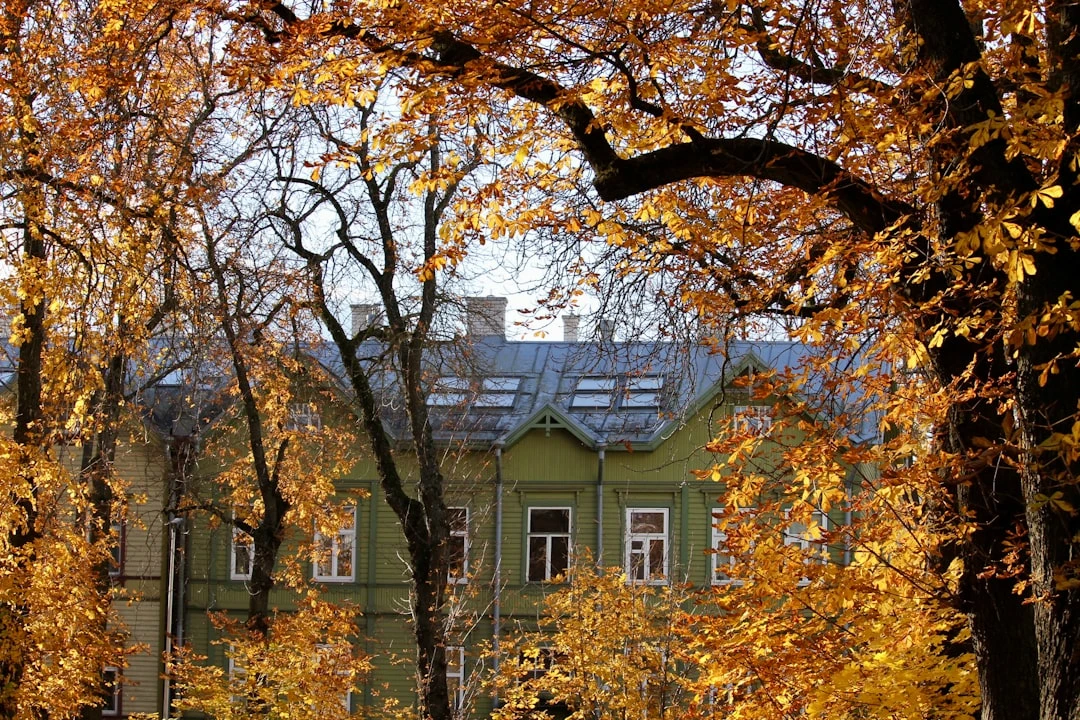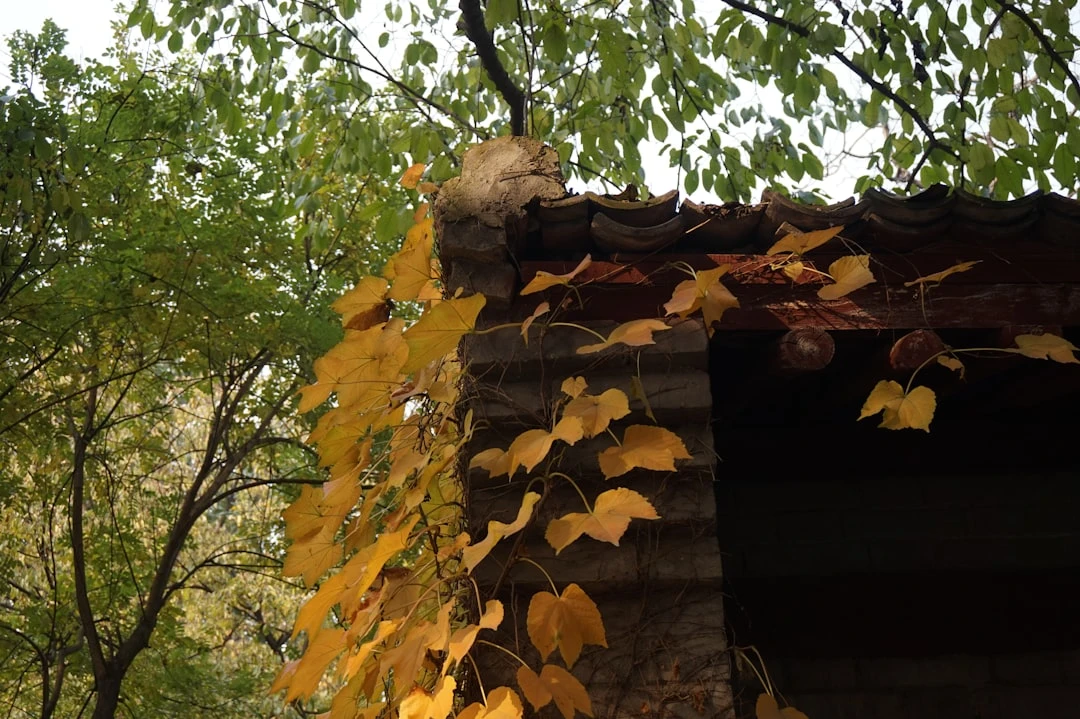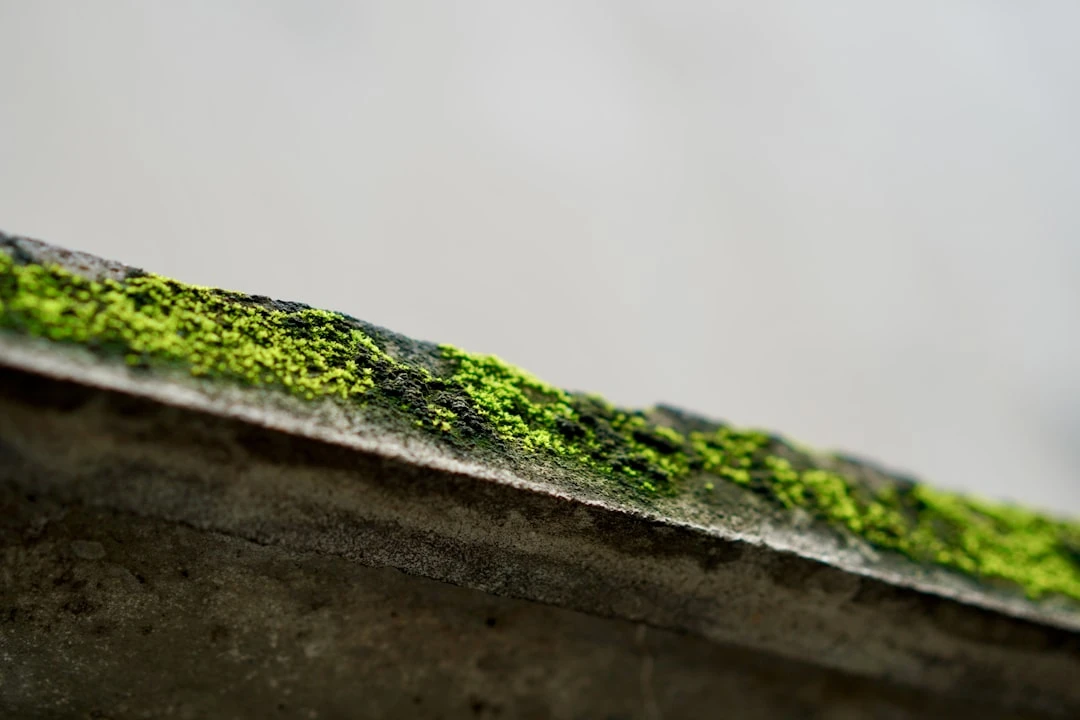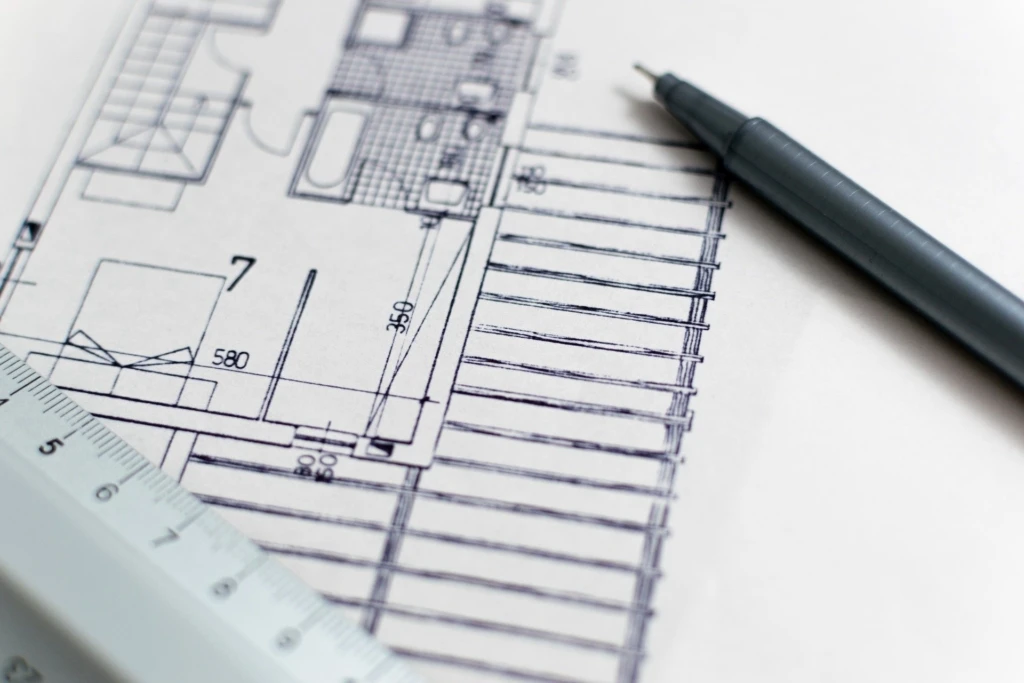How to Maintain Your Facade and Roof Before Winter

Is your home ready for the 2025 winter season? In Estonia's climate, careful preparation before the cold arrives can save you thousands of euros in repair costs. Preparing for winter is not just about optimizing heating bills – equally important is inspecting and maintaining your home's exterior.
Why is pre-winter maintenance of facade and roof so important?
In Estonia's climate, constant freezing and thawing causes significant stress on structures. If you ignore small problems in autumn, they can become larger and more expensive in winter or next spring. Regular maintenance significantly extends the lifespan of your roof and facade – studies show that proper maintenance can extend roof life by up to 25%.
Roof inspection and maintenance
1. Visual inspection
Roof inspection should be carried out at least twice a year – in spring and autumn before winter. Autumn inspection is particularly critical to identify potential problems before the cold arrives.
During roof inspection, look for visible signs of damage such as cracked or missing roof tiles and stains. Check the roof's integrity, paying special attention to joints. It is also important to inspect the seals of roof windows and penetrations, and check for corrosion of metal details and possible sagging of roof structures.
Specialists at Evari roofs recommend paying special attention to possible crack marks on roof surfaces that occur due to freeze-thaw cycles.
2. Gutter and downpipe cleaning
The consequences of clogged gutters can be catastrophic. Overflow can cause moisture damage to the facade, freezing can cause physical damage to the gutter system, and excessive load can cause gutters to come loose.

To clean, first remove larger leaves and debris by hand. Then rinse the gutters with running water and make sure water flows freely through the entire pipe system. Be sure to check that downpipes direct water away from the building to avoid foundation damage.
3. Moss and algae inspection
Moss is not just an aesthetic problem – it retains moisture and can cause accelerated deterioration of roofing materials. There are several ways to remove moss: professional roof cleaning with special equipment, moss removal with chemical products, and preventive treatment to avoid moss recurrence.

Professional roof cleaning is an affordable investment when you consider the potential damage that moss can cause. This service is especially important for older roofs where the risk of moss growth is greater.
Facade inspection and maintenance
1. Visual inspection
When inspecting the facade, focus on signs of cracks or crumbling, color damage or peeling. Look for signs of moisture such as darkened areas or mold, and check for possible damage to insulation material. It is also important to check the integrity of mortar joints, as cold and moisture can penetrate the building from there.
You should be especially careful at previously repaired areas, where problems often recur. Also carefully inspect the sunny and windy sides of the facade, which are usually more exposed to weather conditions.
2. Facade cleaning
Keeping the facade clean extends its lifespan and allows you to detect emerging problems early. To clean, first remove dust and dirt with low-pressure washing using cleaning products suitable for the facade material. Then remove moss and algae and let the facade dry completely before further work.
Different facade materials require different approaches. Wooden facade may require more thorough maintenance than stone facade, while insulated plaster facades are sensitive to pressure washing and require a gentler approach.
3. Damage repairs
Minor repairs are important to do before the cold arrives. Fill cracks with special filler, inspect joints and renew them if necessary. Replace damaged facade elements and carry out color corrections if weather permits.
When performing repairs, ensure that the materials used are appropriate for air temperature. Many repair compounds and paints require a certain minimum temperature to dry, which is why it is important to do these jobs before the cold arrives.
When to call a specialist?
In certain cases, calling a specialist is unavoidable. If you notice moisture damage in interior spaces, structural damage to roof or facade, recurring leaks, roof deformation, or extensive moss growth, professional help is essential.
When selecting a specialist, pay attention to a valid operating license, the existence of work insurance, and previous work. Always ask for a written price quote and warranty terms. A quality specialist will provide clear answers to your questions and will clearly explain the necessary work.
How to find a trusted service provider?
To find a reliable roof or facade work contractor, it is worth researching the company's background, previous projects, and client feedback. It is recommended to choose a service provider who has experience performing similar work and who can present a portfolio of previous work.
When selecting a service provider, it is also important to evaluate communication and process transparency – a trusted partner will provide clear answers about the duration of work, materials, and warranty terms.
Preventive work as an investment
Regular maintenance may seem like an additional expense, but it is actually an investment. With maintenance, you extend the life of your roof and facade, avoid expensive emergency repairs, maintain your home's energy efficiency, and preserve real estate value.
Modern diagnostic tools, such as thermography, allow you to detect problems before they become visible. Such a preventive approach can save significant amounts of money in the future.
Proper preparation of your home for winter 2025 will give you peace of mind during the harsh winter months. Start with inspection today so you can complete all necessary work before the cold arrives.




